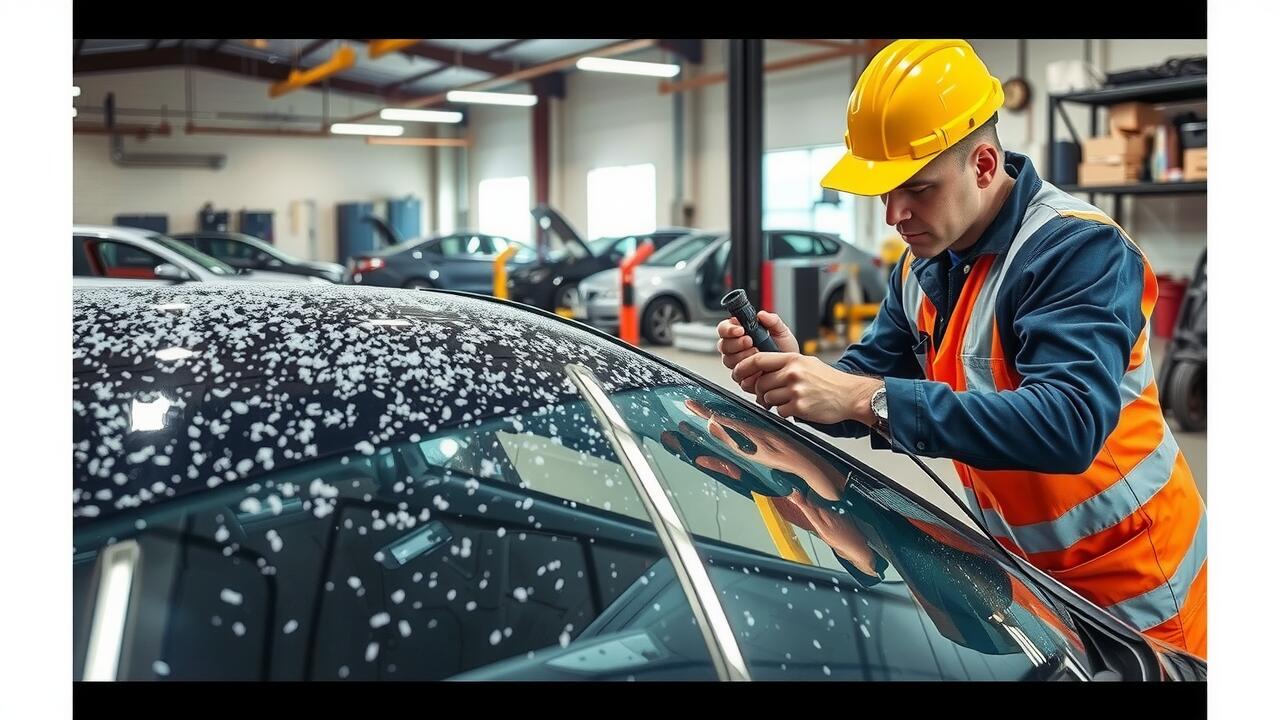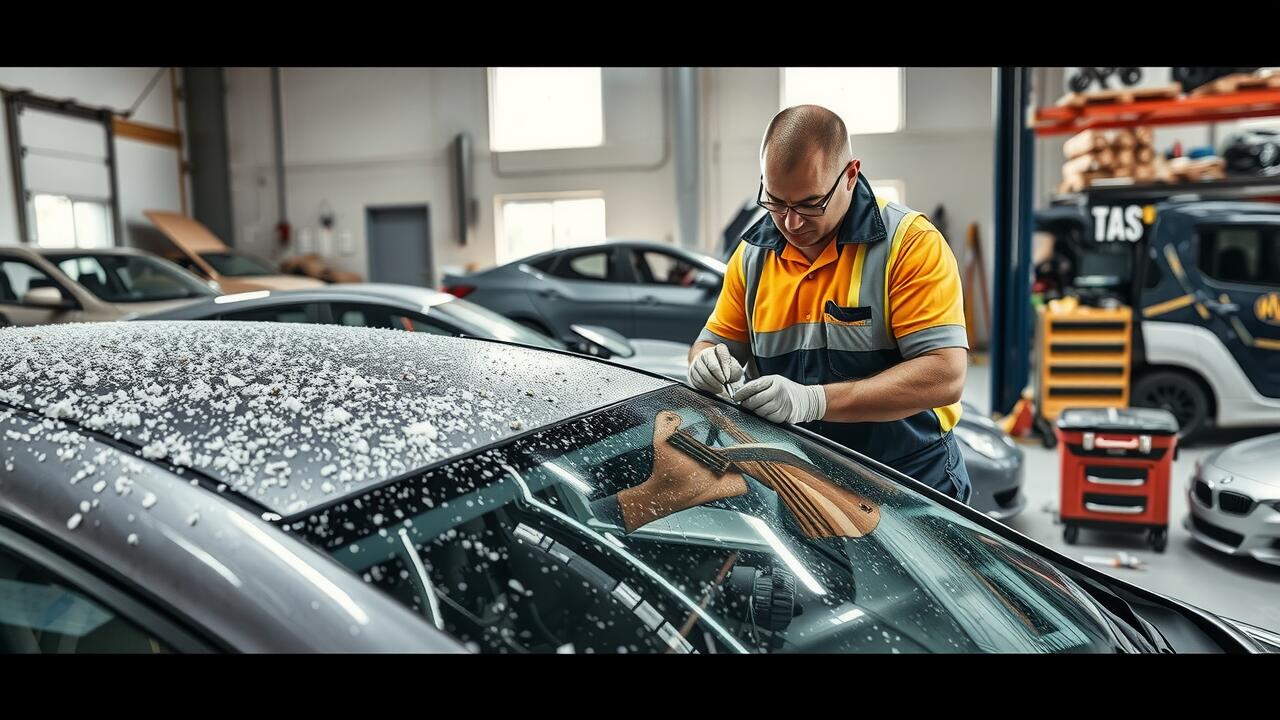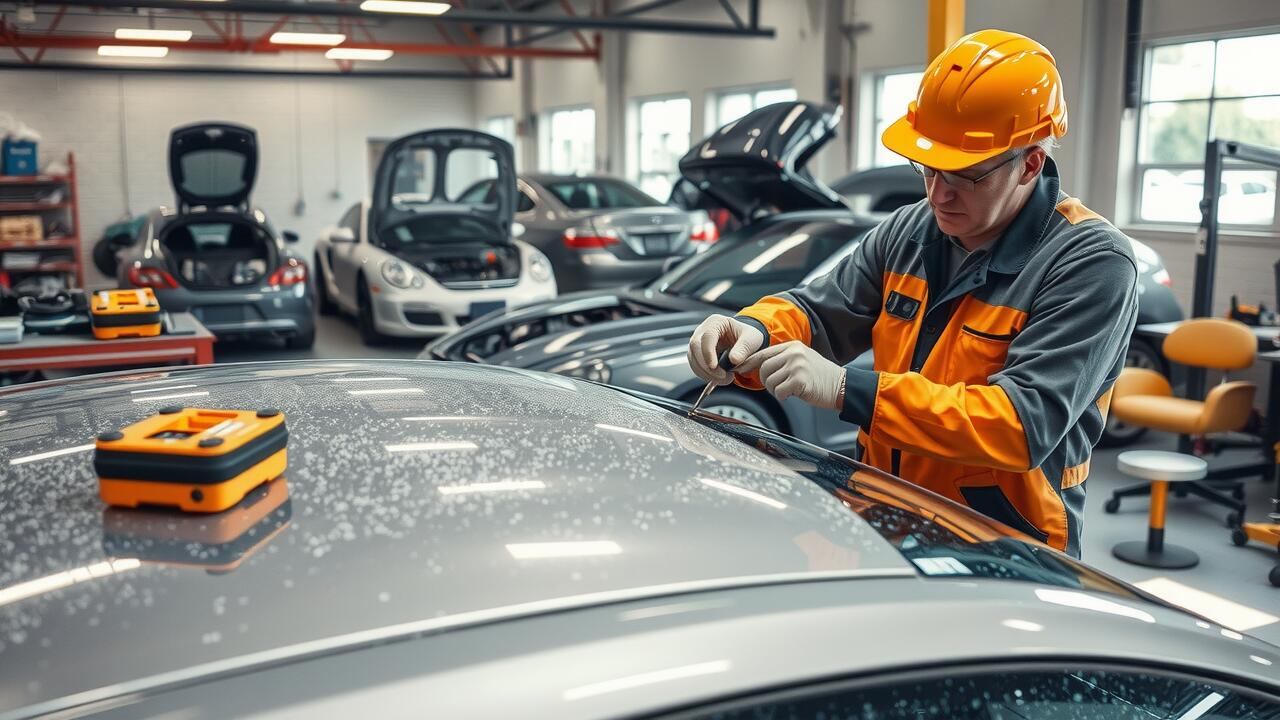
DIY vs. Professional Repairs
When considering hail damage repair, many homeowners weigh the merits of DIY fixes against professional services. DIY repairs can save money and provide a sense of accomplishment. Various resources are available, such as online tutorials and repair kits tailored for minor dents. However, this approach requires time, effort, and the right tools for the job, which not everyone possesses.
On the other hand, hiring a professional for hail damage repair ensures that the job is done correctly and efficiently. Experts bring experience and specialized equipment to restore vehicles and property to their pre-damaged condition. While this route can be more expensive, it often results in higher quality work. Homeowners must assess their budget and the extent of the damage to make an informed choice.
Pros and Cons of Each Option
When considering DIY repairs for hail damage, many homeowners appreciate the potential cost savings. With a plethora of online resources and guides available, it’s possible to tackle minor dents and cosmetic issues on one’s own. However, a lack of experience can lead to ineffective repairs or further damage. The tools and materials required may also add to the overall expense.
On the professional side, hiring experts for hail damage repair ensures a level of quality and skill that may be hard to achieve independently. Professionals can quickly assess the extent of the damage and employ the right techniques for an effective repair. Yet, this convenience often comes with a higher price tag. For those on a tight budget, the initial investment may feel daunting. Balancing the financial aspects with the quality of the repair is crucial for any homeowner facing hail damage.
Preventative Measures for Future Hail Damage
Preventing hail damage is a strategic approach that can save vehicle owners time and money in the long run. One effective method is to invest in high-quality car covers designed specifically to withstand hail impacts. These covers create a protective barrier that can significantly reduce the risk of dents and scratches during severe storms. Additionally, parking in a garage or under a sturdy carport whenever possible offers added protection. Having a dedicated space shields the vehicle from outside elements, providing safety against unexpected weather events.
Another proactive measure is to stay informed about hailstorm forecasts, especially during peak seasons in your area. By keeping an eye on weather reports, vehicle owners can ensure they are prepared for potential storms. When hail is on the horizon, seeking nearby covered parking or moving the vehicle to a safer location can minimize the likelihood of requiring hail damage repair. Being aware of local patterns and anticipating severe weather conditions ultimately contributes to reducing the risk of costly repairs.
Protective Solutions for Your Vehicle
Protecting your vehicle from hail damage is crucial, especially if you live in regions prone to severe storms. One effective solution is to invest in a high-quality car cover designed specifically to withstand hail. These covers are made from durable materials that can absorb impacts and prevent dents and dings. Having a car cover readily available can provide peace of mind during stormy weather, reducing the need for expensive hail damage repair later on.
Another option is to utilize a hail protection system that features inflatable balloons or foam pads. These systems create a barrier between the hail and the vehicle's surface, significantly minimizing potential damage. Some drivers also consider parking their vehicles in garages or carports when storms approach. Taking these preventative measures can save you the hassle and costs associated with hail damage repair.
Seasonal Considerations for Hail Damage
Understanding how seasons affect hail damage can be crucial for homeowners and vehicle owners alike. Hail storms are more frequent during certain months, particularly in spring and early summer. Regions prone to severe weather typically experience heightened risks, resulting in potential damage to roofs, siding, and vehicles. Planning ahead can help mitigate the impact, especially if homeowners are aware of their local climate patterns.
Keeping an eye on weather forecasts can inform proactive measures. Many people invest in protective coverings for their vehicles or implement enhancements to their roofs during peak seasons of hail activity. This planning can substantially reduce the risk of costly hail damage repair after storms. Awareness of seasonal changes not only promotes safety but can lead to significant savings in repairs down the line.
Understanding Hail Frequency by Region
Hail frequency varies significantly across different regions in the United States, reflecting geographical and climatic differences. Areas in the central United States, often referred to as "Hail Alley," experience the highest number of hailstorms due to favorable weather patterns. States like Colorado, Texas, and Nebraska often report severe hail events that can lead to substantial Hail Damage Repair costs, impacting vehicles, roofs, and other property.
In contrast, coastal regions and areas with milder climates tend to experience fewer hailstorms. While they may not face the same level of risk, localized storms can still result in unexpected damage. Understanding regional patterns of hail frequency can help homeowners and vehicle owners prepare for potential damage and the related need for Hail Damage Repair. Taking into account these trends allows for better planning and proactive measures to mitigate the effects of hailstorms.
FAQS
What is the average cost of hail damage repair for a vehicle?
The average cost of hail damage repair for a vehicle can range from $100 to $2,500, depending on the extent of the damage and the type of repair method used.
Is it cheaper to repair hail damage myself or hire a professional?
DIY repairs can be cheaper, but they may not be as effective or long-lasting. Hiring a professional ensures quality work, but it typically comes at a higher cost.
What are some preventative measures I can take to protect my vehicle from hail damage?
Some preventative measures include parking in a garage or covered area, using car covers specifically designed for hail protection, and avoiding parking near trees or structures that could shed debris in a storm.
How can I determine if my area is prone to hail damage?
You can determine hail frequency by researching local weather patterns, checking historical weather data for your region, or consulting with local insurance agents who can provide insights on hail risks.
Does insurance cover hail damage repair costs?
Many auto insurance policies cover hail damage under comprehensive coverage, but it's important to check your specific policy for details on deductibles and coverage limits.

